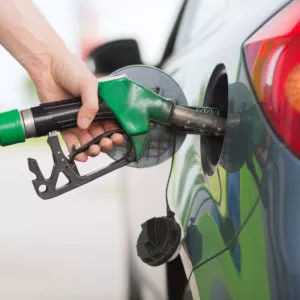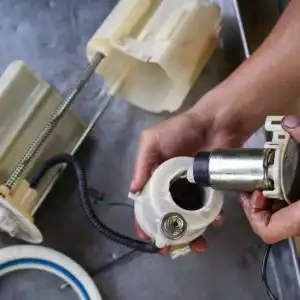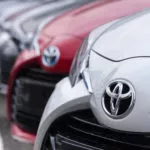There’s been a long debate about whether or not you can pump gas while your engine is turned on because it’s actually a combination of yes and no. Read on to find out what happens to your vehicle when you pump gas with a running engine and the risks involved when doing so.
What Happens When You Pump Gas With Your Car On?
Pumping gas while the engine is running won’t affect critical vehicle operation. In fact, you’ll see this practice during NASCAR and Formula 1 races to save time on the tracks. But while pumping gas with the car on is considered harmless for your vehicle, there are several reasons why most people don’t recommend it.
Is It Dangerous to Pump Gas With the Car On?
It’s not engine damage that makes pumping gas with the vehicle on dangerous. Instead, it’s the casualties that could happen to your surrounding environment.
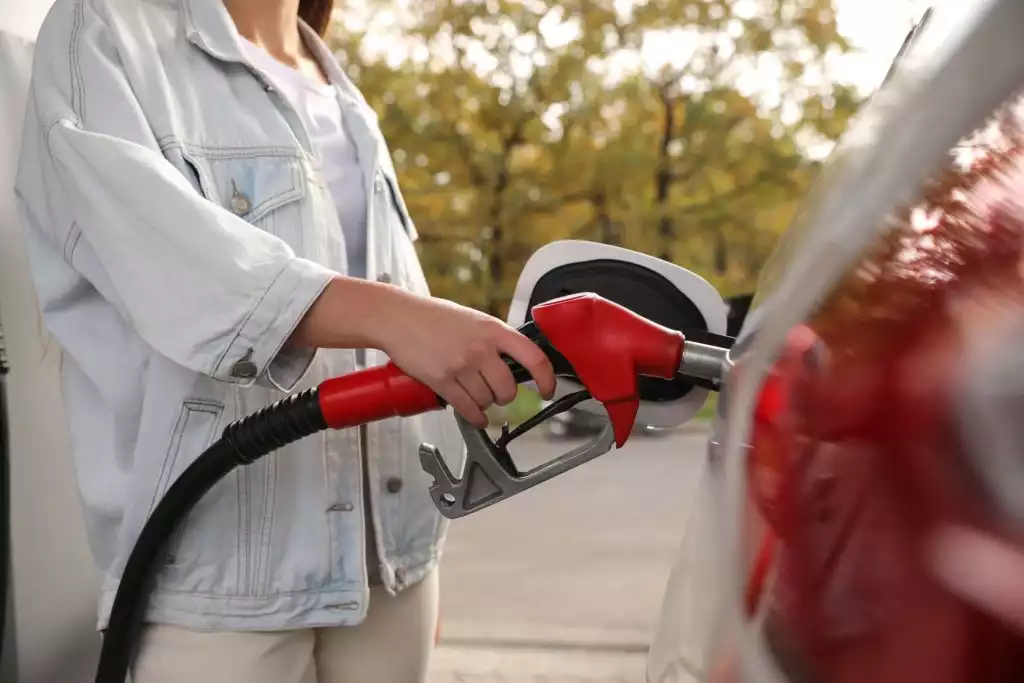
Although the possibility is slim, pumping gas while your car is running can still lead to a flash fire. Gasoline is a highly explosive liquid that exudes dangerous expanding vapors. Pumping gas with the vehicle on can increase the risk of these vapors coming into contact with heat or electricity, resulting in a fire. But how exactly does that happen?
Gas vapors are emitted as soon as you grab the pump and start refilling your tank. With the engine running, a large amount of heat and electricity are produced.
Finally, when gas vapors come into contact with heat or electricity, they ignite.
While it is generally unlikely for a running engine to cause a fire while refueling at the pump, keep in mind that there are some factors that can increase the risk of it happening.
Stray sparks, electrical system faults, and contact with hot components can result in a fire.
Activity in the exhaust system can also be considered a fire hazard. Still, it’s highly unlikely that it will set your vehicle on fire.
Gasoline vapors are denser than air, causing them to sink to the lowest point possible, particularly in the area where the catalytic converter is located.
The good news is that gas stations are open areas, preventing vapors from settling at the bottom of your vehicle. Air currents will most likely sweep the vapors away.
What Does the Law Have to Say About Pumping Gas With Your Car On?
As you stop by the gas station, you’ll notice a sign on the pump instructing you to shut the engine off before pumping gas. This is because the service station wants to avoid any liability issues that could arise when an accident occurs.
States like California have regulations that state that “no internal combustion engine fuel tank shall be refilled with a flammable liquid while the engine is running.”
Service and Gas Station Fires
Flash fires in gas or service stations might be rare, but according to a report by the National Fire Protection Association (NFPA), an average of 4,150 fires occurred in service and gas stations every year from 2014 to 2018. Approximately 56% of these fires were vehicle fires caused by mechanical and electrical failures. Meanwhile, 24% of these fires were caused by smoking materials.
Do’s and Don’ts at the Gas Pump
Aside from leaving your engine running while pumping gas, there are other things you should keep in mind while topping up on fuel.
Don’t Smoke
Lighting up a cigarette increases the risk of flash fires, so avoid smoking whenever you’re near a gas pump.

Don’t Use Your Phone
Leaving your phone plugged inside your vehicle can cause it to emit electrical charges and start a fire.
It’s also a good idea to stop using your phone while pumping gas, as it can distract you in case the gas pump’s automatic stop feature fails and causes gasoline to spill.
Don’t Go Back Inside Your Vehicle While Refueling
Reentering your vehicle can also increase the risk of flash fires due to static electricity. If you need to go back inside while pumping gas, make sure to discharge static electricity buildup by touching any metal part outside your vehicle.
Keep Your Children Inside the Car
Keeping your children inside the vehicle prevents them from inhaling toxic fumes.
Keep Gas Off Your Skin and Eyes
Once gasoline comes into contact with your skin, make sure to sanitize the area by washing it with lukewarm water and soap. If traces of gasoline manage to get in your eyes, flush them with tap water for at least 15 minutes before removing your contact lenses.
Overfilling Your Gas Tank
Pumping gas can be time-consuming, which explains why many drivers would want to squeeze in as much gasoline in their tanks as possible. But if you’re planning to do the same, you might want to reconsider because it could do your vehicle more harm than good.
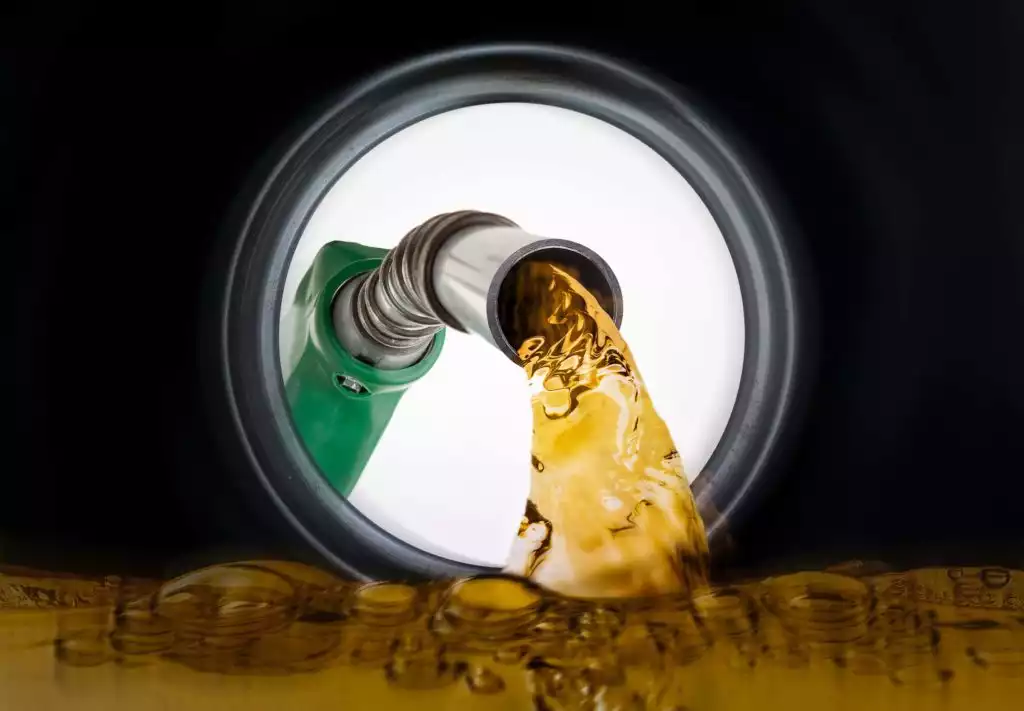
Overfilling your gas tank can cause the gas vapor to pool on top of the fuel filler neck, increasing the harmful emissions escaping your vehicle. It can also damage the charcoal canister by covering the vapor intake with liquid gas.
Overfilling your gas tank past the first click can cause the gas pump’s vapor recovery system to suck in the gas you’re putting in, which means you’re draining your gas budget, too.
Fuel Safety and Storage
If you’re considering taking a container of gasoline with you, here are some things to keep in mind:
Use the Right Storage Container
If you’re planning to carry gasoline inside a can, make sure it has a flash-arresting screen at the outlet. This screen prevents external ignition sources from igniting the gasoline within the can.
Other than a storage can, only use a red, approved gasoline container.
Place the Container on the Ground
Top up on fuel while the container is on the ground and keep the nozzle in contact with the container to avoid static electricity ignition of fuel vapors. Never fill up a container while inside the vehicle, trunk, or on the flatbed, as these locations can cause static electricity to build up.
Don’t Fill Gasoline Containers to the Brink
Leave a one-inch gap between the gasoline and the top of the container to let the former expand when under high temperatures. If the container is full, gasoline can spill due to the lack of space for expansion.
Final Thoughts
Although your vehicle won’t be affected when you pump gas with a running engine, doing so is dangerous and in most places, illegal. It’s best to err on the side of caution to prevent flash fires and protect the people around you from becoming casualties.
Any information provided on this Website is for informational purposes only and is not intended to replace consultation with a professional mechanic. The accuracy and timeliness of the information may change from the time of publication.


